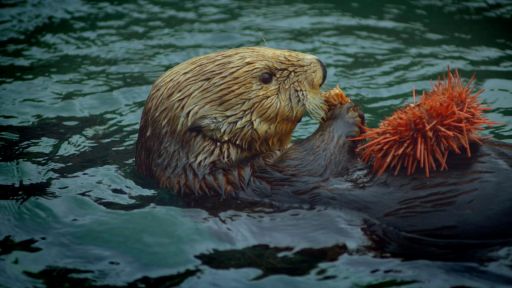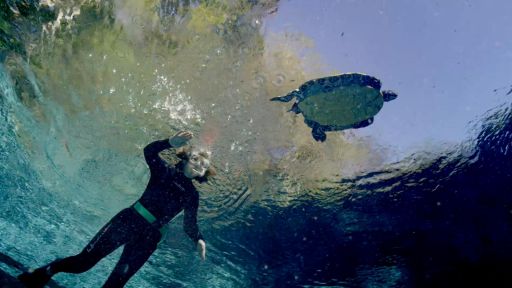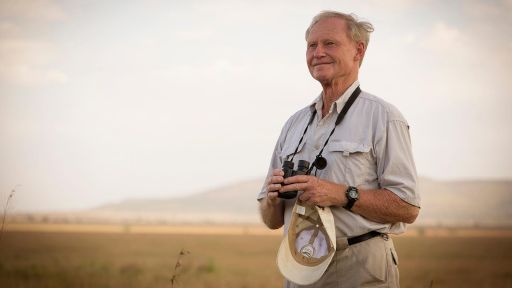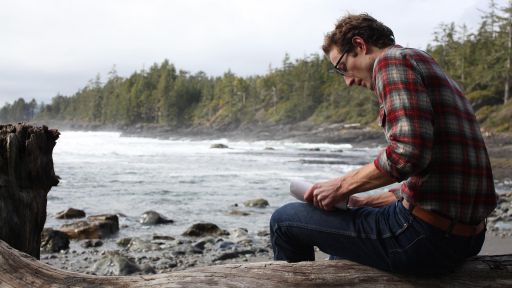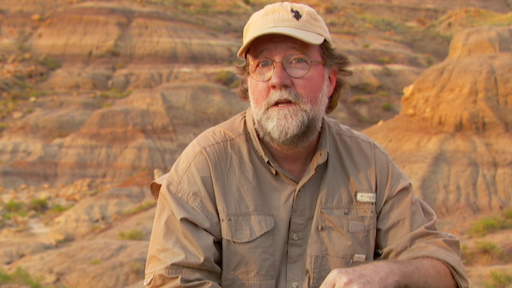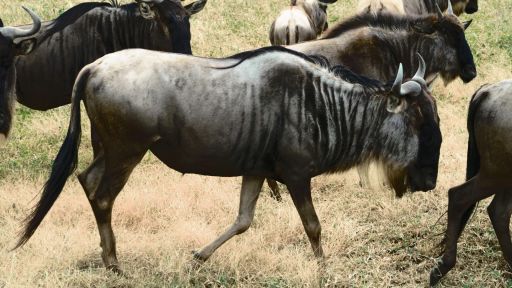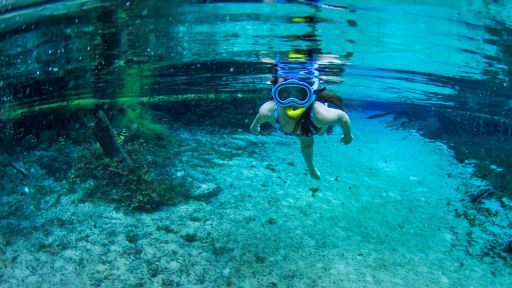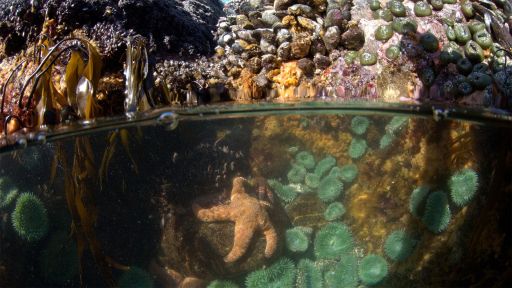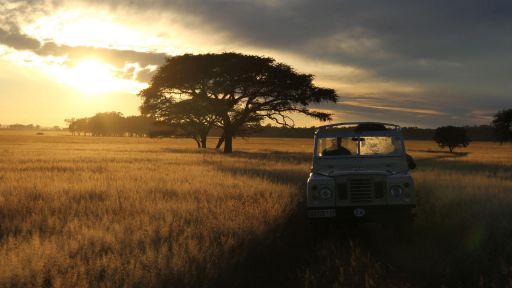The stories captured in The Serengeti Rules demonstrate the epic journeys five scientists took across some of the most biodiverse areas on our planet gathering decades of research. The creators of the film recognize the importance of sharing these inspirational stories with broad audiences but also see the value in reaching the next generation of science students with these stories about how science can offer hope for the fate of our planet.
Below are three resources that bring the science of The Serengeti Rules into the classroom, and for more materials to connect students with the characters and ecology seen in the film, check out HHMI BioInteractive for dozens of video, text, and interactive assets that bring the Serengeti Rules to life. Visit the collection of related materials.
VIDEO | Serengeti: Nature’s Living Laboratory
Tony Sinclair and his studies on wildebeest were featured in the The Serengeti Rules, but the impact of his research extends far beyond that short story. With his fellow researchers, Tony spent five decades piecing together the mystery of the role wildebeest play in shaping the Serengeti ecosystem. Divided into three chapters, this film is designed to align tightly with high school biology curriculum. From core concepts of regulation and carrying capacity, to the fundamental exploration of keystone species, this short film uses the Serengeti case study as a perfect launching point into comprehensive lessons on ecology and biodiversity.
CITIZEN SCIENCE | WildCam Gorongosa
Students from elementary to high school can take on the role of researchers in this citizen science project nested in Gorongosa National Park in Mozambique. Scientists use remote, motion-sensing trail cameras to monitor and study animal populations in the park. With hundreds of thousands of photos (and counting), these scientists need help identifying the key species as they return to the area. Students are invited to join in the research by helping to identify animals and behaviors seen in the pictures. In an interactive module with dozens of supporting materials, WildCam Gorongosa connects to an online, active citizen science platform where students contribute to the park’s growing body of ecology research.
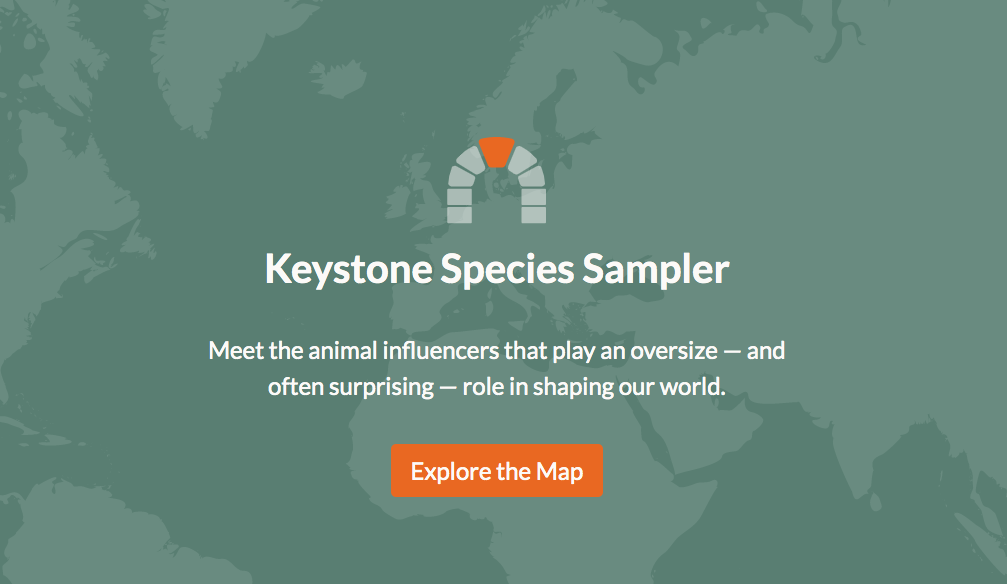
INTERACTIVE | Keystone Species Sampler
There is no single, unifying description of a keystone species — these animals come in all sizes, across all continents, and impact their ecosystems in wildly different ways. To showcase this diversity, the Keystone Species Sampler interactive takes 15 keystones from across the globe and condenses their backgrounds into an easy-to-read tour of ecosystem research. From the southern reaches of Patagonia to the islands of the Indian Ocean, students are invited to explore a wide range of stories that showcase why “keystone” is a critical term in understanding how systems function.


